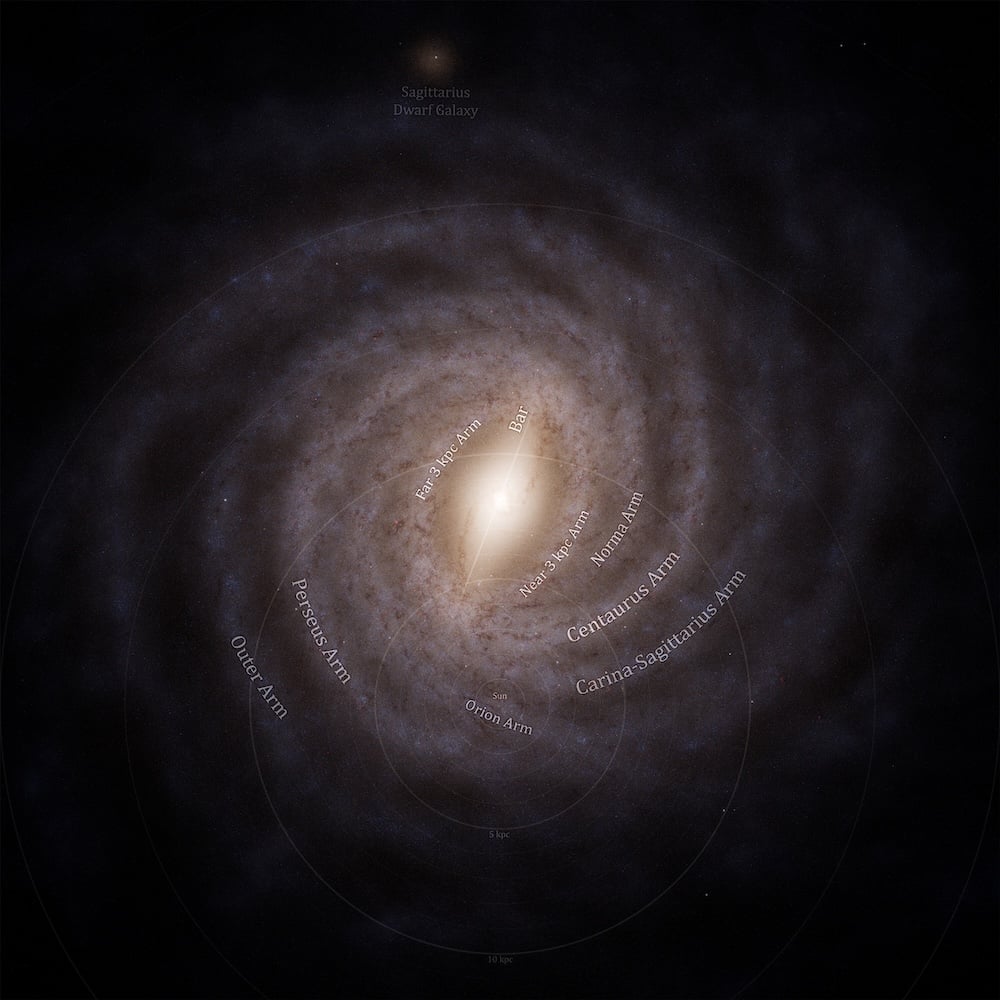[/caption]
Astronomers have Type Ia supernovae pretty well figured out. The way these exploding stars brighten and then dim are so predictable that they have been used to measure the universe's expansion. This reliability led to the discovery that our universe was not only expanding but accelerating, which in turn led to the discovery of dark energy. There's just one minor detail: nobody knows for sure what causes a supernova.
"The question of what causes a Type Ia supernova is one of the great unsolved mysteries in astronomy," says Rosanne Di Stefano of the Harvard-Smithsonian Center for Astrophysics.
Astronomers are sure that for a Type Ia supernova, the energy for the explosion comes from the run-away fusion of carbon and oxygen in the core of a white dwarf. To detonate, the white dwarf must gain mass until it reaches a tipping point and can no longer support itself.
But how does a white dwarf get bigger? There are two leading scenarios for what leads a stable white dwarf to go ka-boom, and both include a companion star. In the first possibility, a white dwarf swallows gas blowing from a neighboring giant star. In the second possibility, two white dwarfs collide and merge. To establish which option is correct (or at least more common), astronomers look for evidence of these binary systems. [caption id="attachment_68442" align="aligncenter" width="580" caption="In this negative image of the Pinwheel Galaxy (M101), red squares mark the positions of 'super-soft' X-ray sources. The Pinwheel should contain hundreds of accreting white dwarfs on which nuclear fusion is occurring, which should produce prodigious X-rays. Yet we only detect a few dozen super-soft X-ray sources. This means that we must devise new methods to search for the elusive progenitors of Type Ia supernovae. Credit: R. Di Stefano (CfA)"]
[/caption] To find evidence of the first scenario, astronomers looked for accreting white dwarfs by seeking out so- called "super-soft" X-rays, which are produced when gas hitting the star's surface undergoes nuclear fusion. Given the average rate of supernovae, a typical galaxy should contain hundreds of this type of X-ray sources. However, they are few and far between.
This led astronomers to believe that perhaps the merger scenario was the source of Type Ia supernovae, at least in many galaxies. That conclusion relies on the assumption that accreting white dwarfs will appear as super-soft X-ray sources when the incoming matter experiences nuclear fusion.
But a
new paper by Di Stefano
and her colleagues argues that the data do not support this hypothesis. The paper argues that a merger-induced supernova would also be preceded by an epoch during which a white dwarf accretes matter that should undergo nuclear fusion. White dwarfs are produced when stars age, and different stars age at different rates. Any close double white-dwarf system will pass through a phase in which the first-formed white dwarf gains and burns matter from its slower-aging companion. If these white dwarfs produce X-rays, then we should find roughly a hundred times as many super-soft X-ray sources as we do.
This means that super-soft X-rays aren't providing evidence for either scenarios - an accretion-driven explosion and a merger-driven explosion – since they both involve accretion and fusion at some point The alternative proposed by Di Stefano is that the white dwarfs are not luminous at X-ray wavelengths for long stretches of time. Perhaps material surrounding a white dwarf can absorb X-rays, or accreting white dwarfs might emit most of their energy at other wavelengths.
If this is the correct explanation, says Di Stefano, "we must devise new methods to search for the elusive progenitors of Type Ia supernovae."
Read Di Stefano's paper in The Astrophysical Journal.
Source:
CfA
 Universe Today
Universe Today
